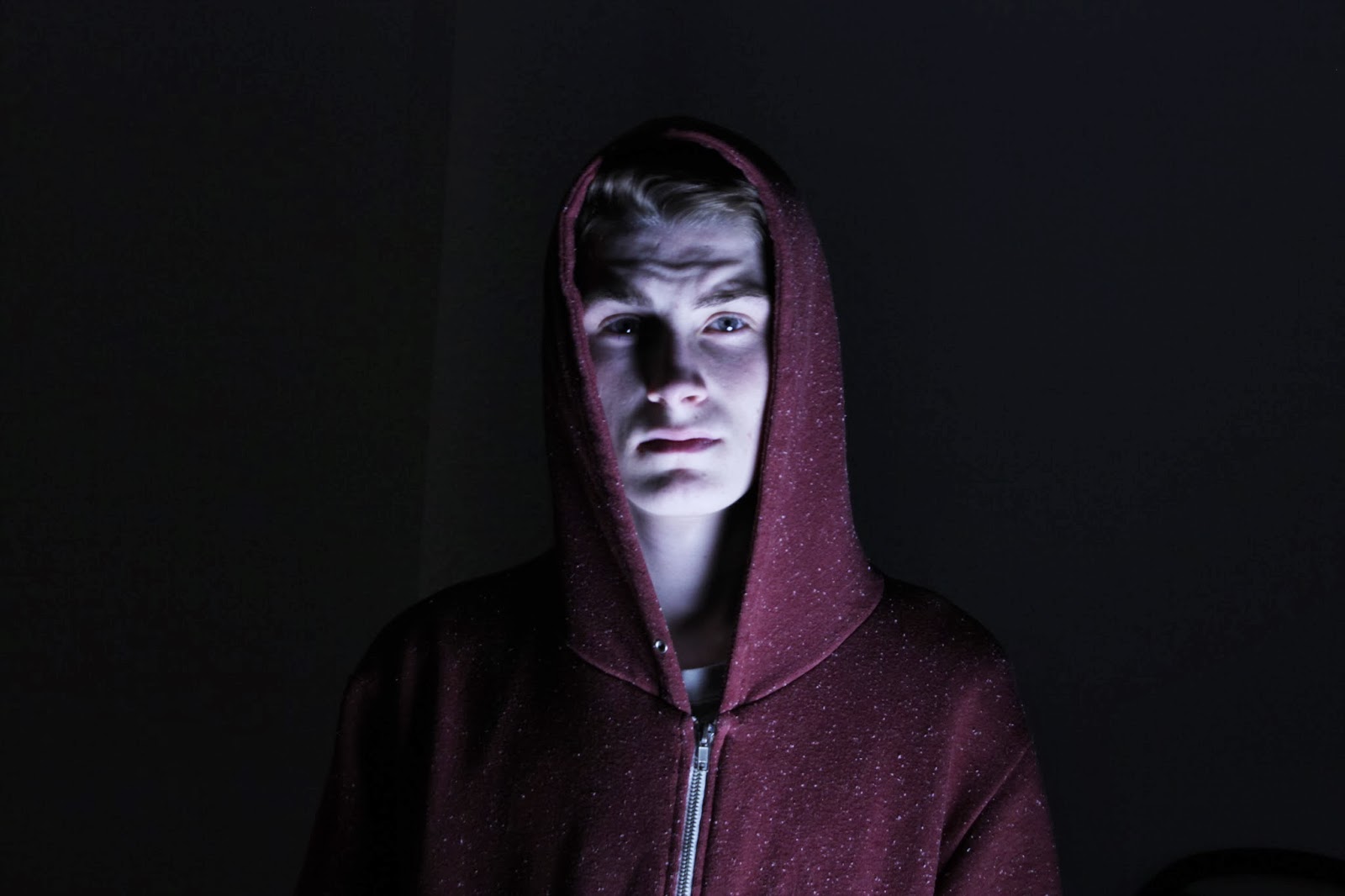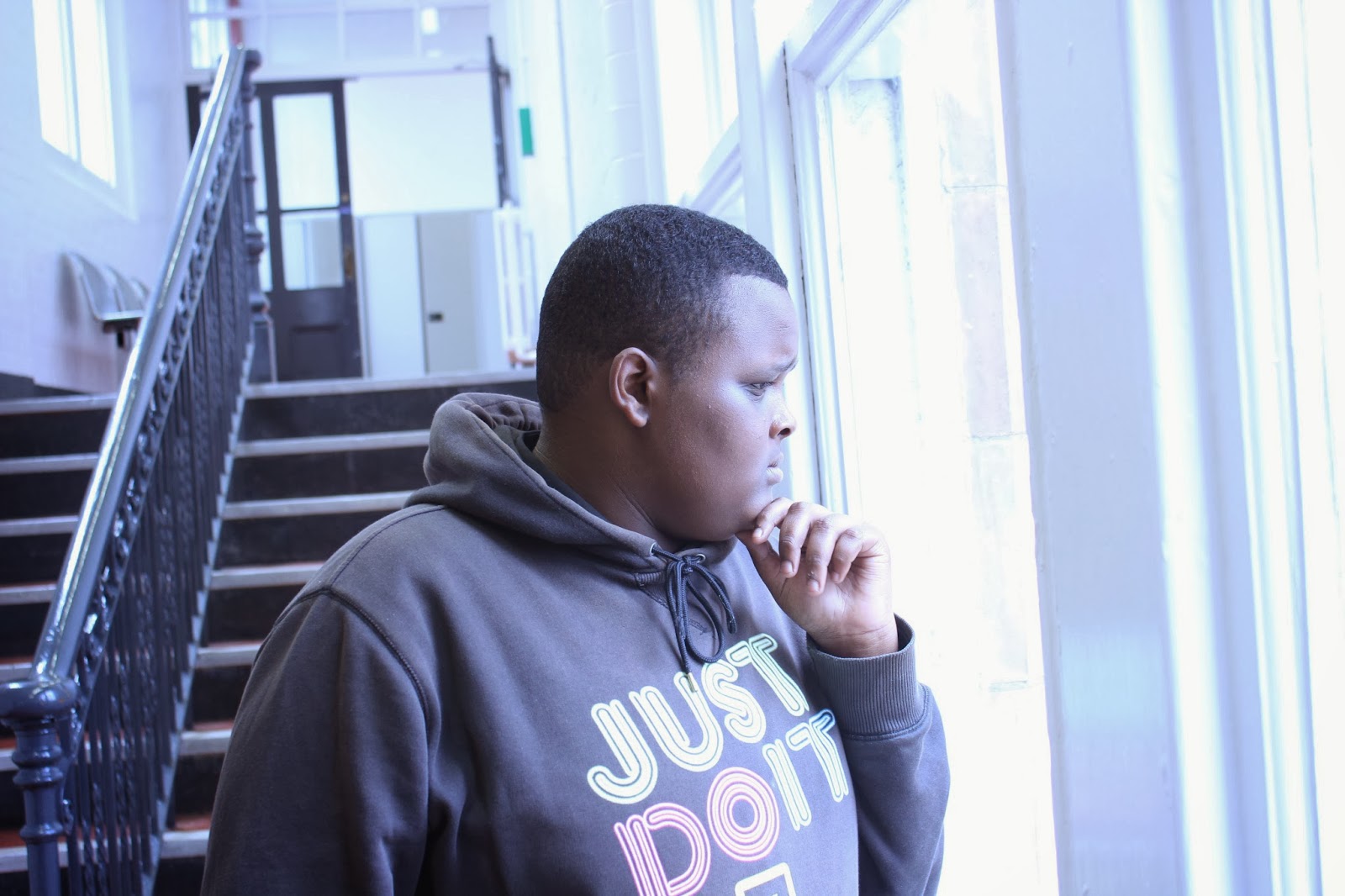
Fashion Photography
Fashion photography is one of the most popular fields within photography and one of the earliest, dating back to almost 1856 when Adolphe Braun published a book composed of 288 photographs of a Tuscan Noblewoman wearing her official court garb.
 |
| Tuscan Noblewoman (Above) |
Still Life Fashion Photography
This is a subdivision of fashion photography and involves the process of capturing garments on their own such as with a white background, this is in order to give the customer a full view of the product they are thinking about purchasing.
Still life photography has given online retailers an opportunity to showcase their products separately without having to pay for models etc. This has been very useful for the marketing of retailers and has allied the industry in its attempt to make more profit and expand further. There are two types of this photography;
"Flats" where the garment is laid flat and shot from above and there are also "Invisible Mannequins" where a mannequin is dressed with the garment and a photo is then taken and the inside of the garment behind the neck is photoshopped in.
Advertisement Photography
Advertisement photography is a type of photography that is focused around selling a product, hence often the pictures have the product as its main focus perfectly in the centre of the canvas as the product is the reason for the whole picture. Advertisement photographs are usually taken by a photographer hired out by an advertising agency to market a product.
There are two key focuses photographers and companies advertising the product tend to adhere to. These being, either the design of the product (e.g the sleekness of the product or the complexity of it), or the functionality of the product (e.g the left picture referring to the pure horsepower of mitsubishi's automobiles). Advertisement photography as much as it highlights the best features of a product, it ignores the worst features making advertisement photography bias towards the product its selling.
 |
| Mitsubishi Advert |
Landscape
Landscape photography is a massive market within photography, everywhere you go you will see beautiful pictures that will make you question how they could possibly even be shot on this planet. Landscape photography is a very clouded area photography in the sense of, everyone has their own definition of landscape photography, some say it can be any shot as long as it contains a vast amount of land in it. However, this differs to many others definition as they are less lenient, with them saying it has to be true country land instead of cityscapes and contain no human or wildlife distracting from the subject of the landscape itself. Therefore, as much as landscape photography may be rough around its meaning it doesn't hold back the fact that everyones idea of landscape photography is always a beautiful example of a section of the earth be it vast or secluded.
 Someones idea of landscape photography can range from a raw landscape to a cityscape, however one fascination found within landscape photography is the awe produced by the sky. The sky plays a prominent part in many landscape photographs, this I believe is because the sky is gigantic and reflects off of the whole picture and casts magical blending colours across the photo itself, and the fact that all of this is a natural occurrence shocks us even more. From light and dark blue afternoon skies to warm orange coloured sunsets.
Someones idea of landscape photography can range from a raw landscape to a cityscape, however one fascination found within landscape photography is the awe produced by the sky. The sky plays a prominent part in many landscape photographs, this I believe is because the sky is gigantic and reflects off of the whole picture and casts magical blending colours across the photo itself, and the fact that all of this is a natural occurrence shocks us even more. From light and dark blue afternoon skies to warm orange coloured sunsets.Documentary Photography
The purpose of Documentary photography is to capture an event in order to document it in history. This can consist of a range of bad and good events, most documentaries show an impartial opinion on the topic they are reporting. This form of photography is commonly used for journalism, this is as most documentary photography/video is considered to be fact. Furthermore, telling it how it is, is a very popular thing within newspapers. Therefore, documentary photographs tend to contain as much as possible of what's happening around the reporter or as much visual information on the topic.
 Many documentary photos are about the happenings on the planet of that time, for example, this picture was featured in a newspaper and online blog and highlights the start of war. As you can see from the picture the sheer power of the canon when firing has lifted most of the stones 3ft off the ground, this intimidates us and as it does it captures our attention, therefore demonstrating a good example of documentary photography. As much as this picture is in full colour many if not the majority of pictures taken for documentary purposes are black and white. This is to add emotion to the picture and in turn capture more viewers attention.
Many documentary photos are about the happenings on the planet of that time, for example, this picture was featured in a newspaper and online blog and highlights the start of war. As you can see from the picture the sheer power of the canon when firing has lifted most of the stones 3ft off the ground, this intimidates us and as it does it captures our attention, therefore demonstrating a good example of documentary photography. As much as this picture is in full colour many if not the majority of pictures taken for documentary purposes are black and white. This is to add emotion to the picture and in turn capture more viewers attention.























